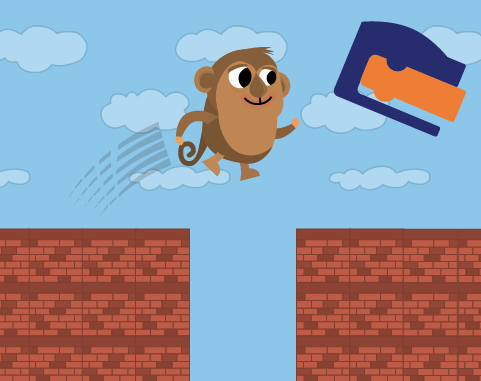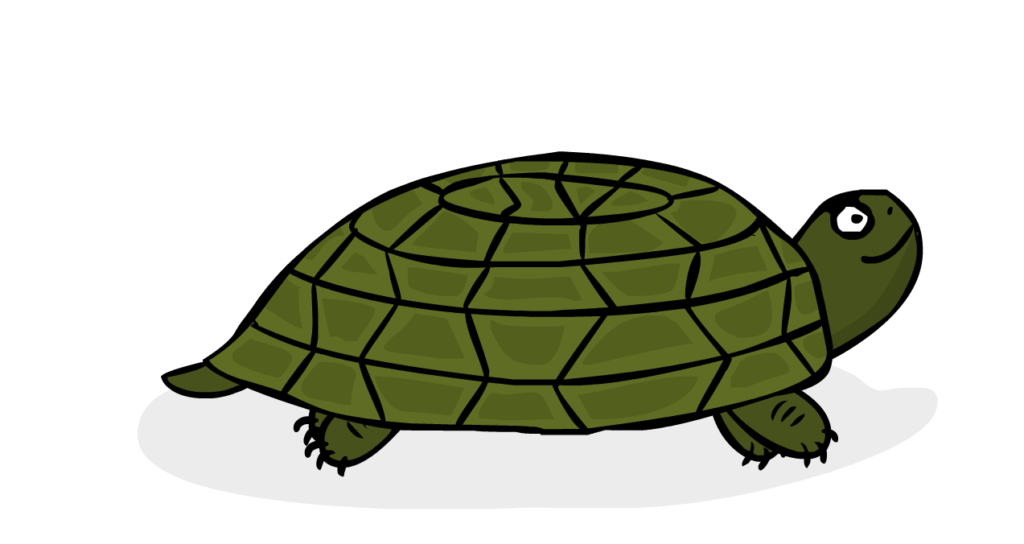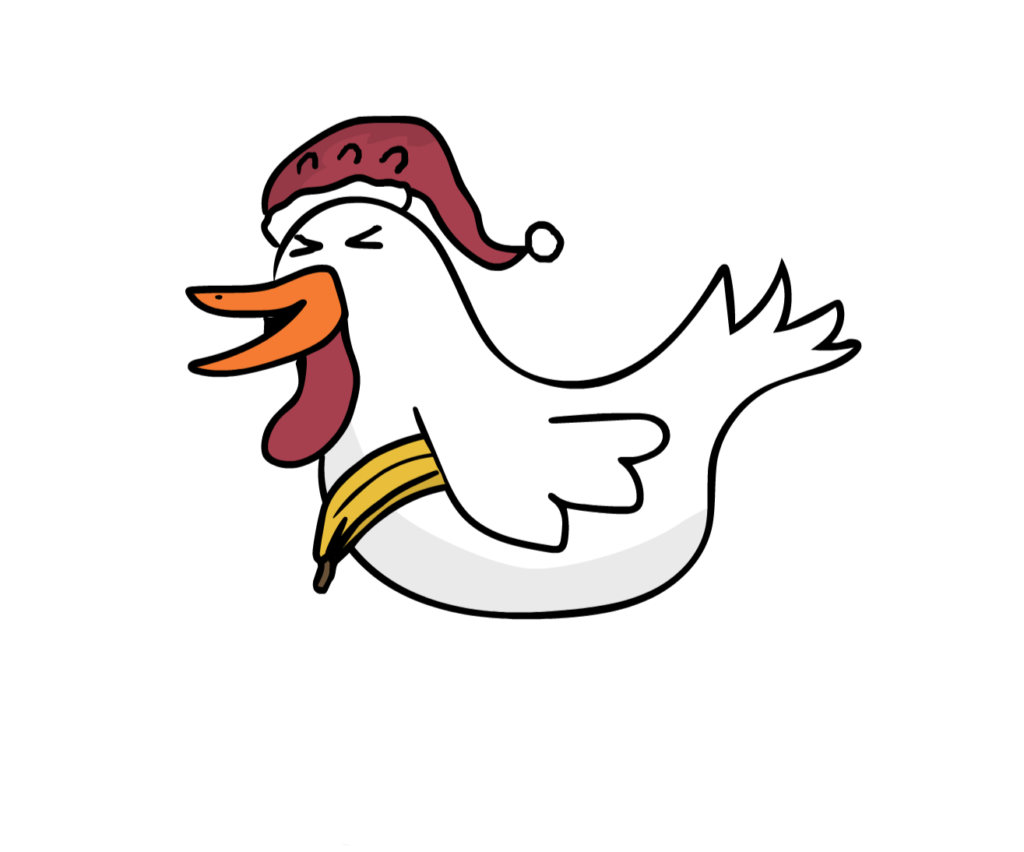Blocks Jumper: TEACHER NOTES
Computer Science Education Week
overview
In 10 exercises, students will learn the basics of game mechanics using block-based coding. As they meet a new monkey and design a game, students will learn keyboard user-interface and game mechanics, including keyboard and collision events. Watch as they get a taste for the endless possibilities that coding offers!
specifications
- Ages 7+
- Web-based
- No installation required
- Internet connection required
- Headphones recommended
- Up-to-date verstions of Firefox, Chrome, Explorer or Safari

ABOUT Blocks Jumper
THE HOUR-LONG VERSION

10 exercises
In an hour, students will build a game in 10 self-paced exercises

2+ GRADE
We recommend that students first complete Beaver Achiever prior to building their games

REAL CODING
Students will build the game using block-based coding

game mechanics
Students will take the first step to learning how to create games
how to host an hour of code

STEP 1: PREP
Go through as many coding exercises as you can to get familiar with the structure. We also recommend reading CodeMonkey's post on how to host a successful hour of code.

STEP 2: PRINT
Print out certificates for your students to take home. Students who have their own email can request a certificate at the end of the hour of code.

STEP 3: WRITE
Write www.codemonkey.com/hour-of-code/blocks-jumper on the board so students know where to begin.

STEP 4: DISCUSS
Discuss the following topics:
- Computer Science: the art of blending human ideas and digital tools to create
- Program: a set of instructions for your computer to follow.
- Commands: what you use to build a program

STEP 5: START
Instruct students to go to the link and click on ‘Start Playing’ to get started.
FAQ
Block Jumper uses block-based coding. This means that kids as young as 6 or 7 can give it a try.
The game design course starts off with very simple steps in order to gradually teach students how to build their own game. Introduce students to the way a real programming interface looks and works.
Yes, you can print out certificates for your students to take home. Students who have their own email address can request a certificate at the end of the hour of code. If not, you can print certificates out here.
Encourage them to try and create a game from scratch or further improve the current one. You could also ask them to help classmates who are having trouble or start a new activity here.
Encourage them to read the instructions carefully and double check their code if something is not working.
Encourage students to start each challenge by pressing “run” and watching what the initial code does. This will help them clarify where the code needs fixing.
Looking for more content?
Go Beyond an Hour!
free trial
